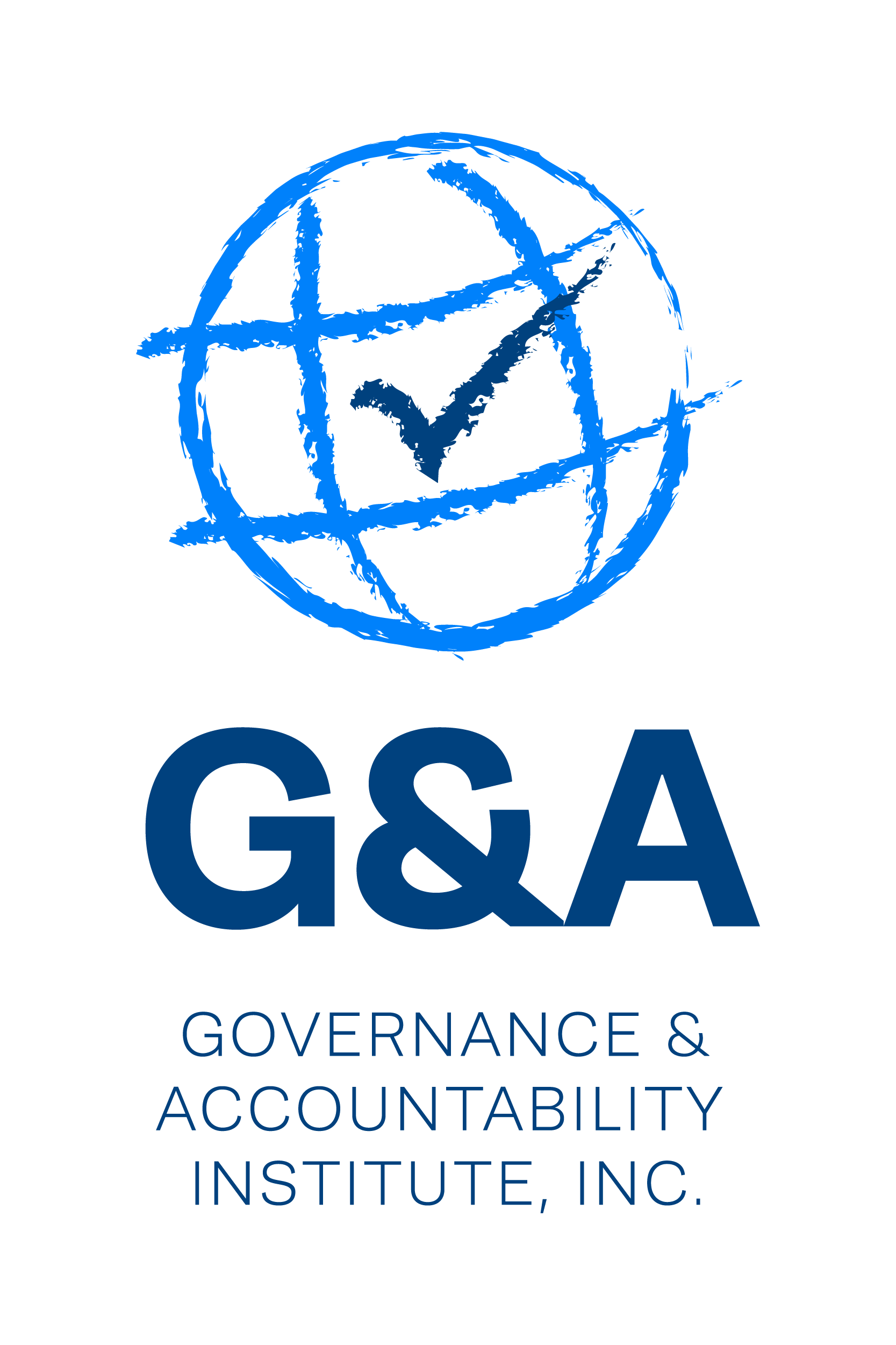Watching the Major Stock Indexes - For Strong ESG Signals From the Corporate Sector
G&A's Sustainability Highlights (11.12.2019)
Watching the Major Stock Indexes – For Strong ESG Signals from the Corporate Se…
Indexes – Indices - Benchmarks – these are very important analysis and portfolio management tools for asset owners and their internal and external managers. We can think of them as a sort of report card; fiduciaries can track their performance against the funds they manage; financial sector players can develop products for investment (mutual funds, Exchange Traded Funds, separate accounts and so on) to market to investors.
If the investable products are focused on the available equities of the largest market cap companies for investment, the most widely-used indexes will likely be the S&P 500®, created back in March 1957 by Standard & Poor’s and the Russell 1000®, created in 1984 by the Frank Russell Company.
Today the S&P 500 Index is managed by the S&P Global organization. The Russell 1000 is managed by FTSE Russell, a unit of the LSE Group (London Stock Exchange Group).
There are more or less 500 corporate entities in the S&P 500 Index that measures the equity performance of these companies (those listed on major exchanges).
There are other important indexes by S&P for investors to track: The S&P Global 1200, S&P MidCap 400, and S&P SmallCap 600, and many more.
Russell 1000® is a subset of the Russell 3000®; it is comprised of the 1000 largest market cap companies in the USA. The R1000 represents more than 90% of the USA’s top publicly-traded companies in the large-cap category. Both indexes are very important tools for professional investment managers and send strong trending signals to the capital markets.
The G&A Institute team closely tracks the ESG and sustainability disclosure & reporting practices and each year; since 2010 we’ve published research on the trends, first with the S&P 500, and for 2019 and 2020, we expanded our research into to the larger Russell 1000 index. (The top half of the 1000 roughly mirrors the S&P 500.)
The 500 and 1000 companies are important bellwethers in tracking the amazing expansion of corporate sustainability reporting over the past decade. Yes, there were excellent choices of select benchmarks for sustainable and responsible investors going back several decades – such as the Domini 400, going back to 1990 -- and we tracked those as well. (The “400” was renamed the MSCI KLD 400 Social Index in 2010). But once major companies in the United States began escalating the pace of reporting, many more investors paid attention. And media tuned in. And ESG indexes proliferated like springtime blooms!
Those bigger customers of other firms began expanding their “footprint” and considered the supply and sourcing partners to be part of their ESG profile. So, customers are now queried regularly on their ESG performance and outcomes.
Once the critical mass -- 90% of large-cap U.S. companies reporting – how long will it be for many more mid-caps, small-caps, privately-owned enterprises to follow the example? Very soon, we think. And we’re closely watching! (And will bring the news to you.)
If you have not reviewed the results of the G&A Institute research on the ESG reporting of the S&P 500 and the Russell 1000 for 2019, here are the links:
Excellent Wrap up From GreenBiz:
At last, corporate sustainability reporting is hitting its stride
This is just the introduction of G&A's Sustainability Highlights newsletter this week. Click here to view the full issue.

